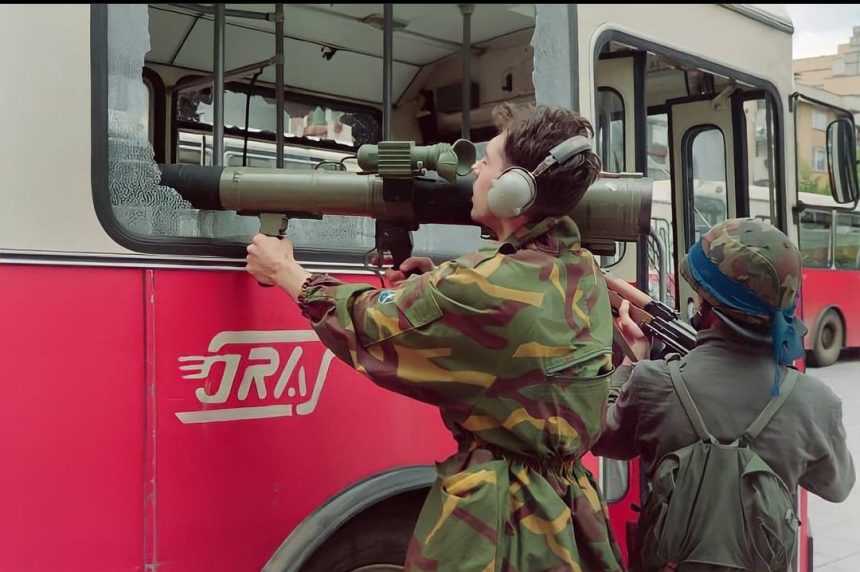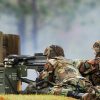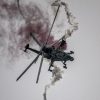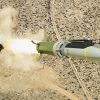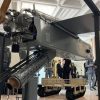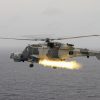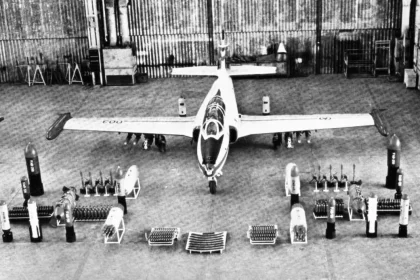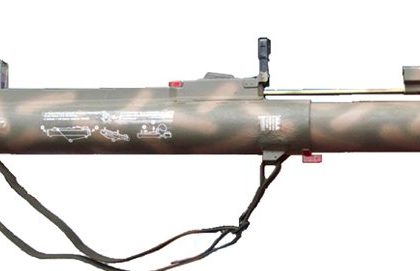The M79 Osa is a reloadable anti-tank rocket launcher. It is a simple but relatively accurate and powerful anti-tank weapon that strongly resembles the French LRAC F1 in form and function. It was designed and produced in former Yugoslavia. Yugoslavia and France enjoyed unprecedented military-industrial cooperation before the former’s collapse. Despite a similar design, the M79 Osa has a different launcher shape, bore diameter, and accessories configuration.
Introduction
M79 Osa was developed in the late 1970s. After the break-up of Yugoslavia, production continued in Serbia, Croatia, and North Macedonia. During the Yugoslav wars in the 1990s, it was one of the most used anti-tank weapons. In recent years, a large number of these rocket launchers were supplied to rebels in Syria during the Syrian Civil War.
Design
The M79 Osa fires a 90 mm anti-tank rocket with a shaped charge warhead. It penetrates up to 400 mm of steel armor. There is also a thermobaric rocket for this weapon, which is effective against buildings, bunkers, and entrenched infantry.
M79 Osa rocket launcher has an unusual loading method. Its ammunition is carried inside a hermetically-sealed fiberglass tube. It is plugged into the launcher’s chamber to form its second half when in use. The expended tube is discarded when the rocket is launched, and the new round is loaded. This loading method was pioneered on the French LRAC F1 and was later used on many other weapons, including the Israeli B-300 and Soviet Union’s RPG-29 Vampir.
On impact, a piezoelectric impact fuse in the rocket triggers the shaped charge warhead, which can penetrate up to 400 millimeters of armor. The fuse is sensitive enough to trigger the warhead at impact angles up to 70 degrees from the vertical.
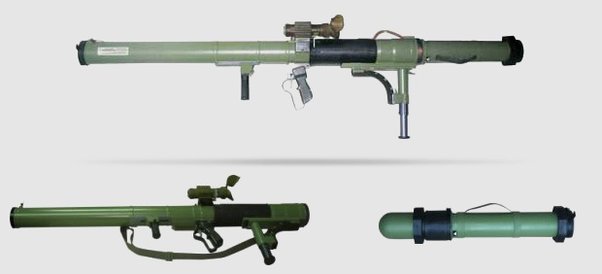
M79 Osa operating manual advises that this weapon is operated by two users, including the gunner and loader, who carries extra ammunition and protects the gunner.
The M79 rocket launcher comes with a CN-6 sight with 3.5x magnification. This sight comes with anti-laser filters. These prevent hostile laser protection systems from damaging the eyesight of the gunner. The CN-6 has a sighting range of 600 m. With this sight, the M79 Osa has an effective range of up to 350 m against armored vehicles and up to 600 m against structures. Also, there are simple flip-up iron sights. Though this weapon will not be as accurate using these sights.
Variants
RL90 M95 is a Croatian-produced variant. After the break-up of Yugoslavia, Croatia continued local production of the Osa.
Operational use
During the Yugoslav wars, the M79 was the weapon of choice for every side of the conflict. Same as the M80 Zolja, it was widely used on the battlefield. According to the user experience, M79 Osa was praised as a good and reliable weapon. During the Siege of Sarajevo, defenders relayed on it as the prevailing factor for their survival because it was usually the only capable weapon between them and enemy tanks. Many of them claim that this weapon has saved Sarajevo.
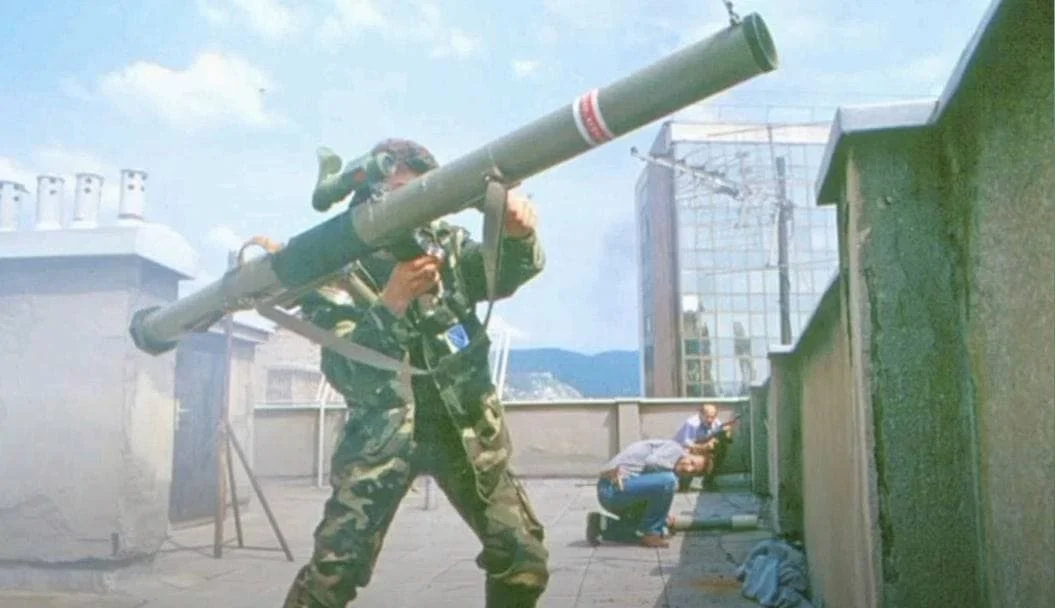
Many have mistaken the M79 supplied to the rebels in Syria for the Russian RPG-29 rocket launcher, which is also seeing use. M79 Osa’s are also used in Iraq by terrorists against the Iraqi army, and JANES has reported their use against US-made M1A1 Abrams tanks.
Technical specifications
| Country of origin: | Yugoslavia |
| Designer: | |
| Manufacturer: | 11 Oktomvri-Eurokompozit, Macedonia (Container) Pretis d.d, Bosnia and Herzegovina (Rockets) – before the break-up of Yugoslavia; now, it is manufactured by Sloboda Cacak in Serbia |
| Entered service: | 1979 |
| Caliber: | 90 mm |
| Weight (unloaded): | 6.2 kg |
| Weight (loaded): | 11.2 kg |
| Rocket weight in the container: | 3.5 kg |
| Length (unloaded): | ~ 1.2 m |
| Length (loaded): | 1.91 m |
| Muzzle velocity: | 250 m/s |
| Rate of fire: | up to 6 rpm |
| Sighting range: | 600 m |
| Range of effective fire (against tanks): | 350 m |
| Range of effective fire (against buildings): | 600 m |
| Armor penetration: | 400 mm |




